If you’ve been hearing rumors about an international airport in Ensenada since the ‘90s—you’re not alone. It’s been the Baja …


If you’ve been hearing rumors about an international airport in Ensenada since the ‘90s—you’re not alone. It’s been the Baja …
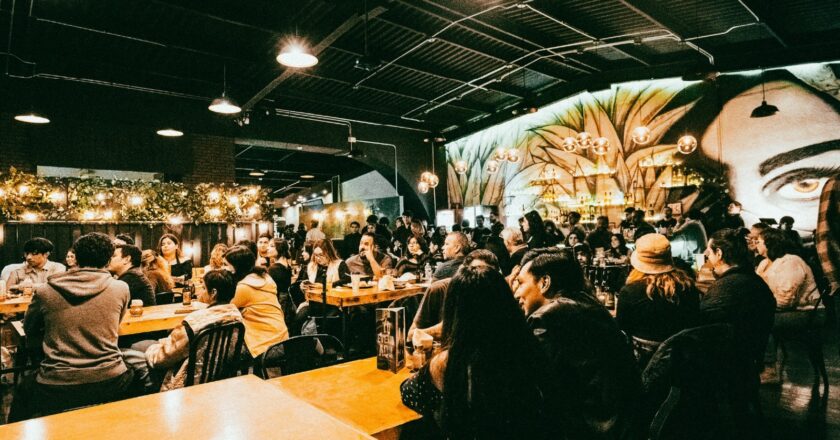
Lights, camera, community. If you’ve been editing a film in your garage or storyboarding between coffee breaks, now’s your moment. …
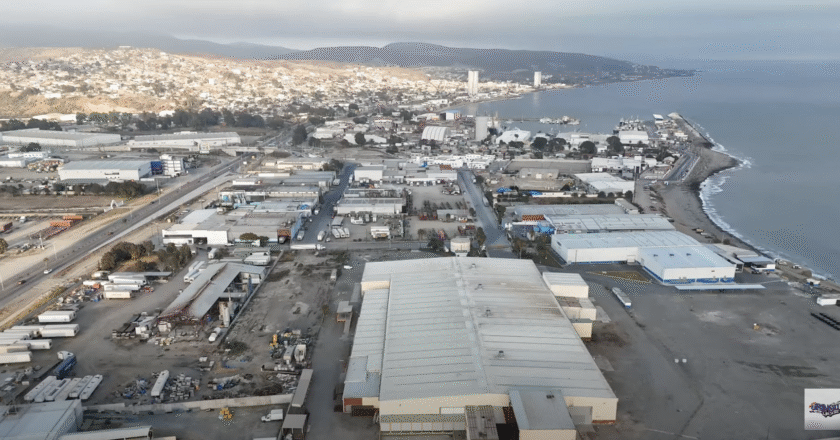
PROVINO isn’t saying no—but they are definitely saying “not like this.” One week after more than 11,800 locals signed a …

Water Watch Editorial Lake Mead is dropping again and this is a reminder that we are fast approaching 2026. Freelance …

From money to matrimony, nobody’s flying under the radar anymore. You may have seen the headlines already. Something about banks …
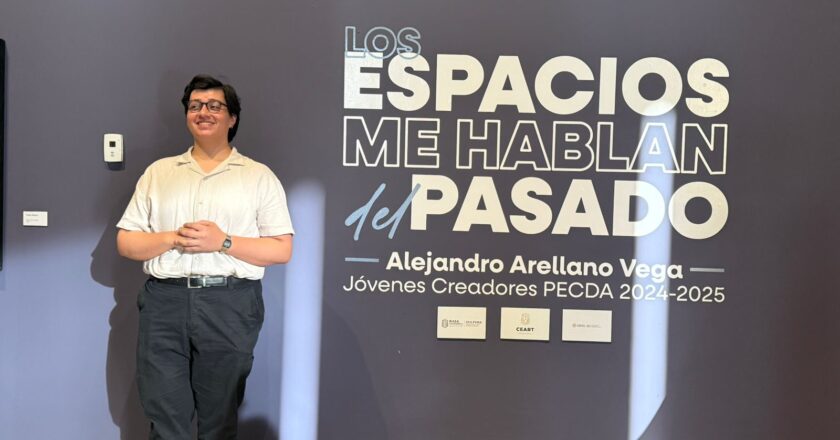
Art in Baja California isn’t just about pretty pictures. It’s about identity, healing, and telling stories that matter. This summer, …
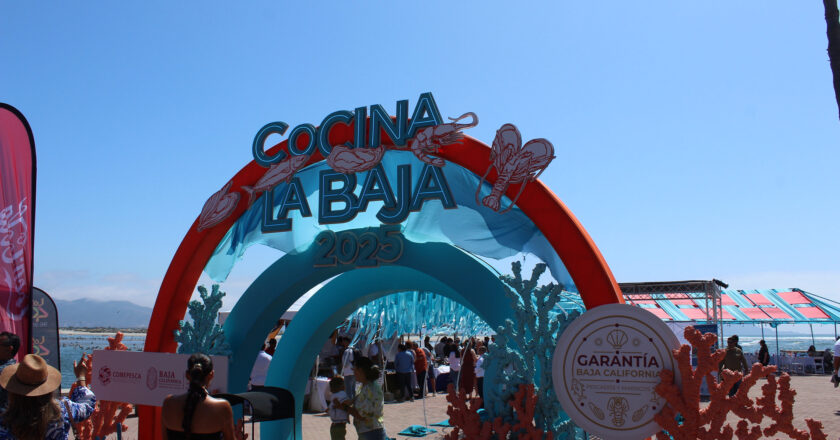
Cocina la Baja 2025 Delivers Another Delicious Hit If your taste buds weren’t at Estero Beach this weekend, you missed …

How to download a PDF of this publication:1. Locate the icon toolbar at the bottom part of the newspaper window. …
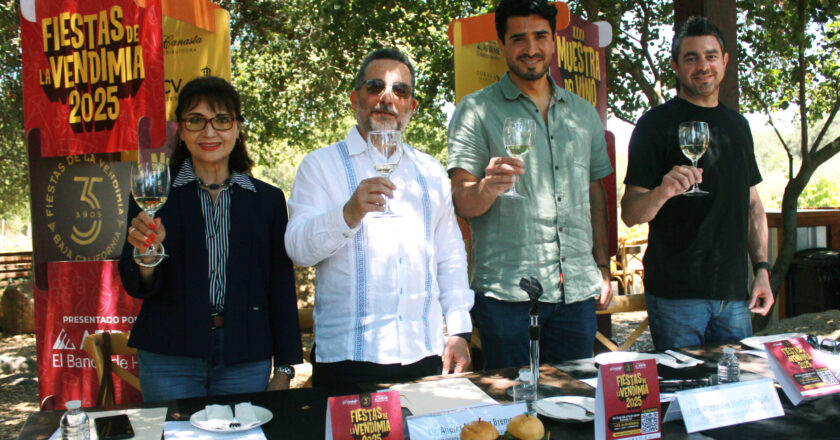
This week, the Valle turned up the charm and the wine for the official press launch of the 35th Fiestas …
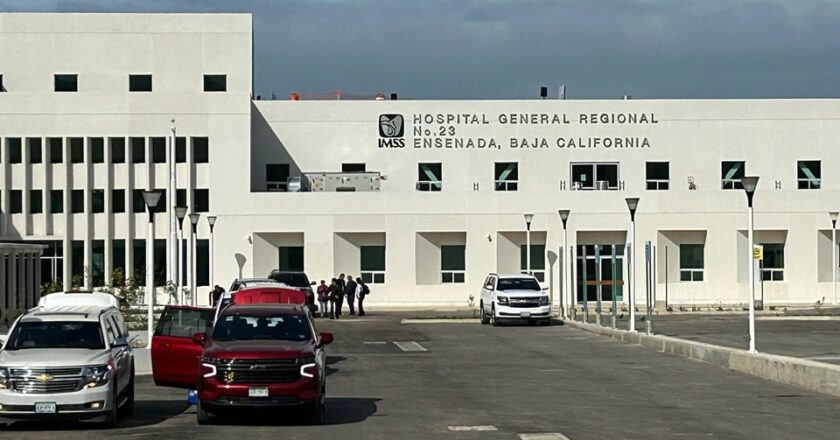
If you’re heading to Cocina la Baja today, make a pit stop on your way. President Claudia Sheinbaum is in …